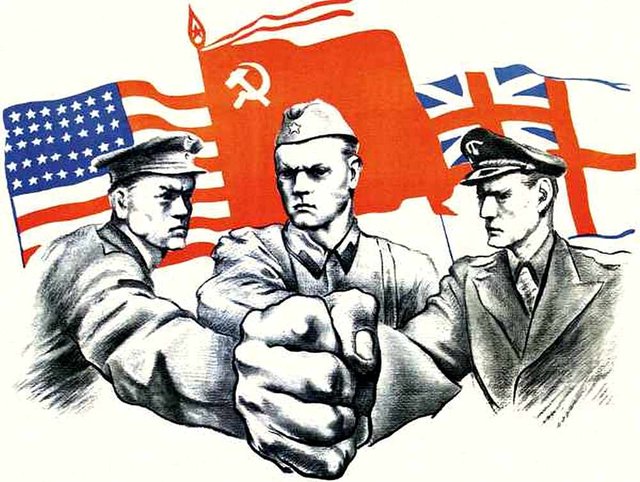Continuation
A year later, around mid-1941, difficulties arose when, from the military operational planning department, the officers went to McNair's headquarters to prepare the headquarters of the main command to carry out their duties in the theater of operations. Very soon it was discovered that the whole concept of the presence of the headquarters of the main command was opposed to two indisputable facts.
First, the seizure of officers led to the fact that the chief of staff of the US Army did not have any body responsible for developing the strategy, as well as overseeing operations in the overseas territories, and since the chief of staff of the army himself will assume the leadership of the headquarters of the main command, there is not a single person left to coordinate the activities of other army commands and bodies. Secondly, the military ministry had a "child" who grew up and tried to leave the house in order to seek his own happiness.
The size of this "child" and the responsibility that it assumed, gave sufficient grounds to assert that this was the time for it. This "child" was the air force of the ground forces.
Despite the passion of the supporters of the deployment of military aviation, the leaders of aviation in the years of its feathering, from the First World War until 1931, achieved the insignificant autonomy to which they aspired. In the same year, naval forces reluctantly conceded to the army the scope of activities to ensure air defense on the Pacific and Atlantic coasts of the country. This step strengthened the position of the supporters of aviation in their statements that in the new war the role of the air force would go beyond the purely tactical support of ground troops.This also served as an impetus for the development of a long-range bomber, which led in 1935 to the appearance of a prototype B-17 "Flying Fortress" with a range of 2 thousand miles.
By 1935, the army leaders, who focused on aviation activities related to ground operations, silently agreed with the fact that the air force would carry out certain operations regardless of ground troops; but they still continued to insist that even such operations should be carried out under the supervision of the commander of the troops of the theater of operations or the headquarters of the main command.
Such was the situation, which was characterized by very small successes of supporters of aviation independence, when the Luftwaffe achieved terrible success in Poland, the Netherlands and France.
Now the press and public opinion have raised a noisy company for the creation of independent air forces. The Germans, as it seemed to non-professionals, demonstrated that the independent air force was a more powerful weapon.
Although General Marshall took the idea of aviation independence with more understanding than any of his predecessors, he was not yet ready to support the autonomy or even at that time - it was the end of 1940 - an equal position. The main argument in Marshall's objections, as well as other senior leaders of the army, against the allocation of aviation to an independent type of armed forces was the conviction that the appointment of air operations, including strategic bombing, consisted in supporting ground troops or preparing ways for advancement for them.
In the eyes of more zealous supporters of aviation independence, these restrictions left military aviation in the same difficult situation as before. Although they had undertaken a new company for allocating aviation to an independent type of armed forces, the Deputy Chief of Staff of the Army for Aviation, General Arnold, believed that the time had not yet come for such a change.
As 1941 came to an end, this question remained open to be resolved under the influence of Japanese bombs in Pearl Harbor.
As for the naval forces, there seemed to be no foreseen any major changes in the command. Despite two attempts to make major changes in the structure of the naval forces undertaken by the congressional committees at the initial stages of the deployment of the armed forces, their leaders continued to adhere to the time-tested structure of the headquarters of the naval operations chief, which was based on various divisions and departments. The only amendment that at first seemed necessary was to prepare a single operational leadership, if two or three fleets-the Asian, Pacific and Atlantic fleets-had to work together.
It was decided that in such cases the general leadership passes into the hands of the admiral - the commander of the Pacific Fleet. Since such a decision was a certain curtsey to the larger Pacific Fleet at the time, the decision turned out to be a trial.
